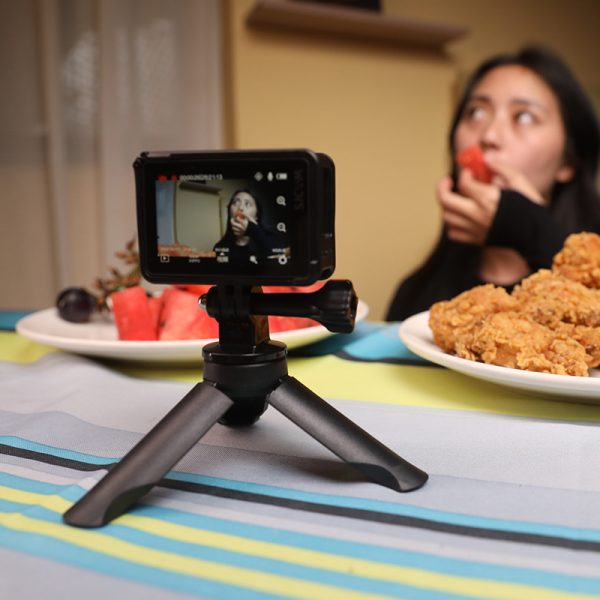In today’s digital era, capturing smooth and stable footage is essential for filmmakers of all levels. A camera stabilizer is a valuable tool that can elevate the quality of your videos by minimizing shaky movements and adding a professional touch to your work. However, with the wide variety of stabilizers available on the market, selecting the right one can take time and effort. This article aims to guide filmmakers in choosing the ideal camera stabilizer based on their specific needs, budget, and shooting style.
Understanding Different Types of Camera Stabilizers:
Camera stabilizers come in various forms, each designed to cater to different shooting scenarios. The three main types are handheld stabilizers, gimbal stabilizers, and tripod-based stabilizers.
Handheld stabilizers, such as a camera cage or a shoulder rig, provide stability by physically supporting the camera against your body. They are versatile, easy to use, and ideal for run-and-gun shooting or documentary-style filmmaking.
Gimbal stabilizers use motorized technology to counteract camera movements and keep the footage steady. They offer smooth, cinematic shots and are perfect for capturing dynamic movements and action sequences.
Tripod-based stabilizers, such as a fluid head tripod or a monopod with a stabilizing base, provide stability through a solid foundation. They are suitable for stationary shots, interviews, or situations where mobility is less of a concern.
Assessing Your Filmmaking Needs:
Before investing in a camera stabilizer, it is crucial to assess your specific filmmaking needs. Consider the type of content you create, the shooting environments you frequently encounter, and the level of mobility required for your projects.
If you primarily shoot fast-paced action sequences or vlogs on the go, a gimbal stabilizer is an excellent choice. Its motorized stabilization will keep your footage smooth, even during dynamic movements.
For more controlled environments or interviews, a tripod-based stabilizer can provide the necessary stability and freedom to adjust the camera position easily.
If you prefer a handheld approach or have a limited budget, a handheld stabilizer can offer flexibility and support for a range of shooting styles.
Budget Considerations:
Budget is an important factor when selecting a camera stabilizer. Determine your spending limit and research stabilizers within that range. Keep in mind that higher-priced stabilizers often offer advanced features, such as additional stabilization modes or wireless control options. However, there are also affordable options that can deliver satisfactory results for filmmakers on a tight budget.
Weight and Compatibility:
Ensure that the camera stabilizer you choose can handle the weight of your camera setup. Check the maximum payload capacity of the stabilizer and compare it to the weight of your camera body, lenses, and accessories. Additionally, consider the compatibility of the stabilizer with your camera’s mounting system, as well as any additional features you may require, such as focus control or wireless connectivity.
Research and Reviews:
Before making a final decision, conduct thorough research and read reviews from trusted sources and fellow filmmakers. Look for feedback on build quality, ease of use, battery life, and overall performance. Online forums, filmmaking communities, and professional reviews can provide valuable insights to help you make an informed choice.
Conclusion:
Choosing the right camera stabilizer is essential for achieving smooth and professional-looking footage. By understanding the different types of stabilizers, assessing your specific needs, considering your budget, and conducting thorough research, you can find the perfect stabilizer that aligns with your filmmaking style and requirements. Remember that the ideal stabilizer may vary from one filmmaker to another, so it’s crucial to prioritize your unique needs and preferences. With the right camera stabilizer in hand, you’ll be equipped to capture stunning, shake-free footage that enhances the visual impact of your films and captivates your audience.

